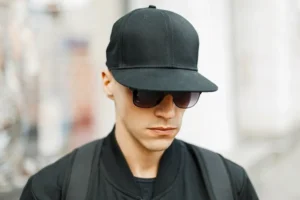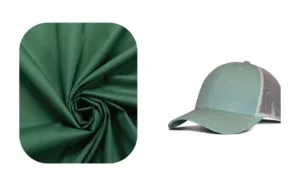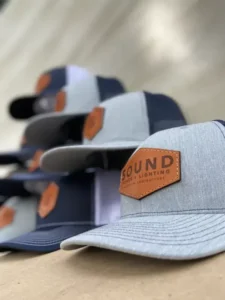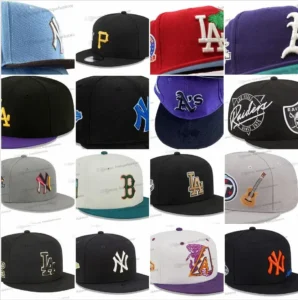Trucker hats have become an iconic piece of headwear, blending casual style with functional design. From the highways of America to urban fashion streets worldwide, these hats tell stories of work, culture, and trendsetting. But what really goes into making a trucker hat? Understanding the craft behind this simple yet stylish accessory can open new doors for enthusiasts, designers, and manufacturers alike.
In summary, trucker hats are made by combining a firm front panel with breathable mesh back panels, using specific materials and a detailed manufacturing process that balances durability, comfort, and style. Quality materials, precise stitching, and customization define the final product. This article explores every aspect of making trucker hats—from materials and design to production challenges and sustainability.
Imagine a small-town manufacturer carefully stitching a custom patch on a trucker hat that will soon be worn at a music festival halfway across the globe. This humble hat carries both function and fashion, crafted through a detailed process blending tradition and innovation. Ready to dive deep into how trucker hats come to life? Let’s get started.
1.What Are Trucker Hats and What Makes Them Unique?
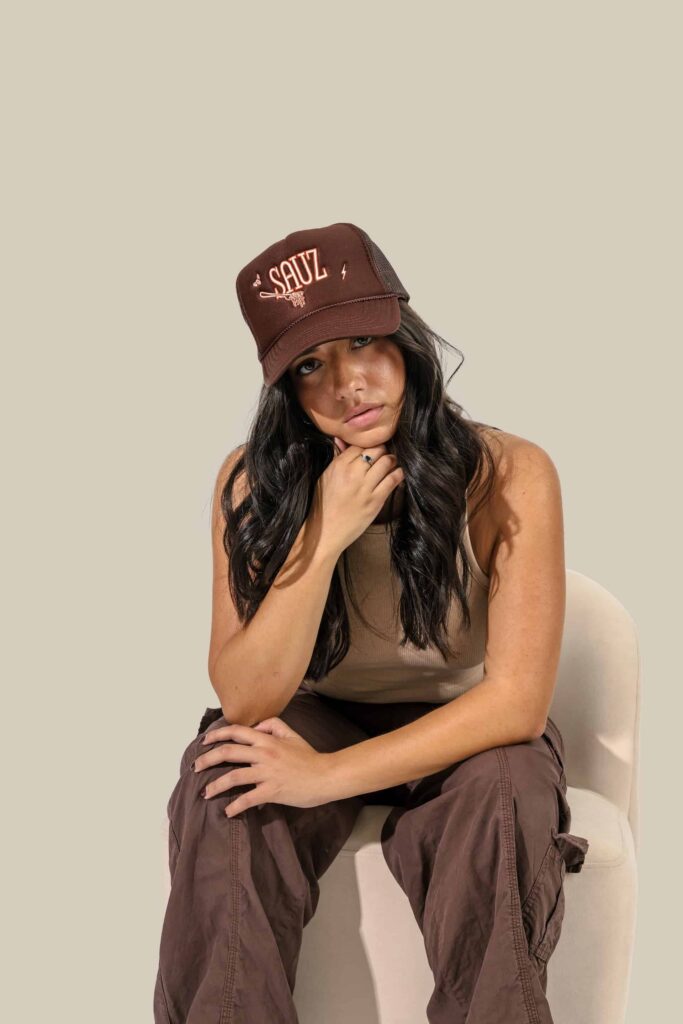
Trucker hats are characterized by a structured front panel, often foam-backed, paired with mesh panels at the back to provide ventilation. Originally designed for truck drivers in the 1960s, these hats combine utility with comfort and have since become a staple in casual fashion worldwide.
Trucker hats stand out due to their breathable mesh backs, firm front panels, and adjustable snapback closures, balancing function and style perfectly.
Exploring the Uniqueness of Trucker Hats
- Historical Origins and Evolution The trucker hat began as a promotional item distributed by feed or farming companies to truck drivers. Its rise to mainstream fashion was propelled by celebrities and the hip-hop scene in the 2000s.
- Structural Features The five-panel design with a foam or fabric front panel distinguishes trucker hats from other caps. The mesh back allows airflow, making them comfortable for warm weather and active use.
- Cultural Significance These hats symbolize ruggedness and outdoor lifestyle, but also adaptability as they crossed into urban streetwear and fashion circles globally.
- Comparison to Other Hat Styles Unlike fitted or dad hats, trucker hats offer superior ventilation and a distinctive front profile that supports logos or embroidery prominently. Aspect Description Historical Origins and Evolution Started as promotional items for truck drivers by farming/feed companies; popularized in 2000s by celebrities and hip-hop culture. Structural Features Five-panel design with foam or fabric front panel; mesh back provides ventilation for comfort in warm weather. Cultural Significance Symbolizes rugged outdoor lifestyle and adaptability; embraced by urban streetwear and fashion circles worldwide. Comparison to Other Hat Styles Offers better ventilation than fitted or dad hats; distinctive front profile ideal for logos and embroidery.
| Aspect | Description |
|---|---|
| Historical Origins and Evolution | Started as promotional items for truck drivers by farming/feed companies; popularized in 2000s by celebrities and hip-hop culture. |
| Structural Features | Five-panel design with foam or fabric front panel; mesh back provides ventilation for comfort in warm weather. |
| Cultural Significance | Symbolizes rugged outdoor lifestyle and adaptability; embraced by urban streetwear and fashion circles worldwide. |
| Comparison to Other Hat Styles | Offers better ventilation than fitted or dad hats; distinctive front profile ideal for logos and embroidery. |
2.Which Materials Are Best for Manufacturing High-Quality Trucker Hats?
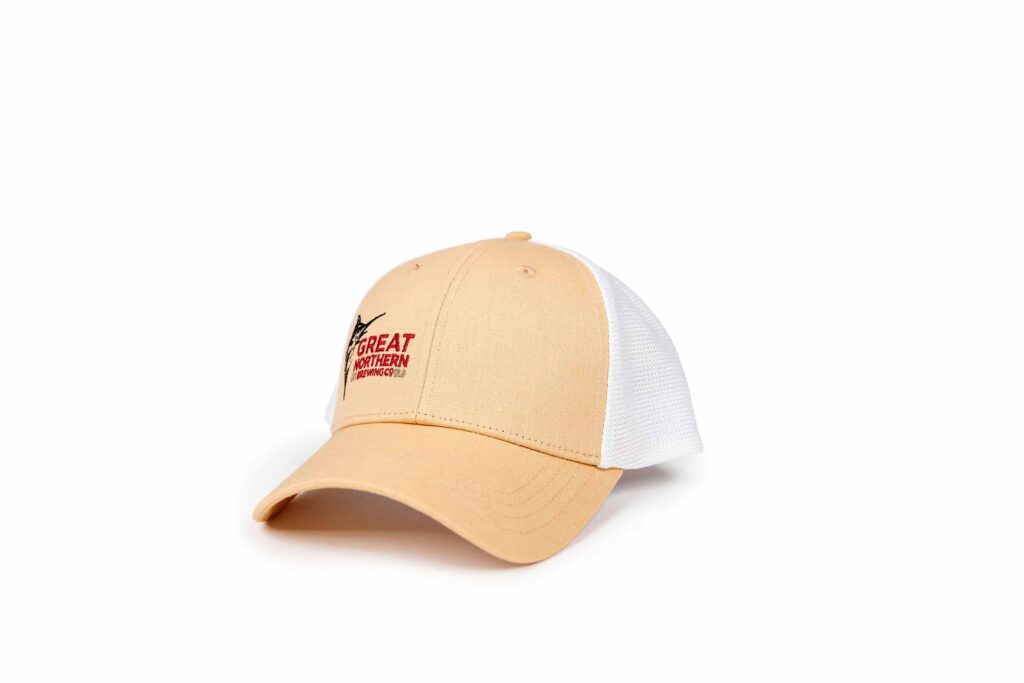
The ideal trucker hat materials include foam or cotton for the front panel, polyester mesh for the back, and plastic or fabric for adjustable snapbacks. Sustainable materials like organic cotton and recycled polyester are gaining popularity.
Foam or cotton front panels, breathable polyester mesh backs, and durable snapback closures form the core materials for quality trucker hats.
Materials Impacting Quality and Sustainability
- Front Panel Materials Foam-backed polyester offers structure and space for custom designs, while cotton blends add softness and breathability.
- Mesh Back Panels Polyester mesh is preferred for durability and ventilation; newer eco-friendly mesh fabrics use recycled plastics.
- Brim Construction Pre-curved or flat brims made from cotton or plastic materials affect the hat’s style and sun protection level.
- Snapback and Closure Types Plastic snapbacks are most common, but fabric straps with metal buckles offer a premium feel.
- Sustainability in Material Sourcing Brands increasingly use organic cotton, recycled polyester, and biodegradable packaging to meet eco-conscious consumer demands.
| Material Type | Pros | Cons | Sustainability Aspect |
|---|---|---|---|
| Foam Front Panel | Holds shape, print-friendly | Less breathable | Often synthetic, non-biodegradable |
| Cotton Front Panel | Breathable, natural feel | Less structured | Organic cotton options available |
| Polyester Mesh | Durable, ventilated | Can feel synthetic | Recycled polyester options exist |
| Plastic Snapback | Adjustable, inexpensive | Not eco-friendly | Limited sustainability |
| Fabric Strap | Premium feel, eco options | Higher cost | More sustainable option |
3.How Is the Production Process of Trucker Hats Structured?
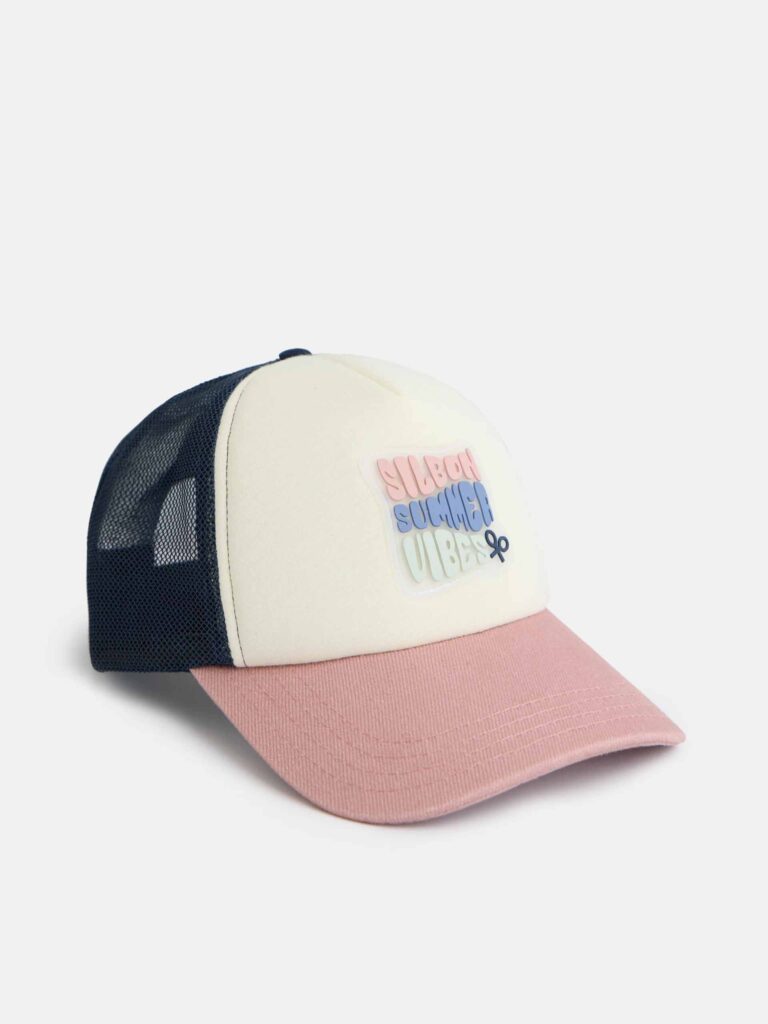
The manufacturing process involves cutting fabric, assembling panels, stitching, adding closures, and quality inspections. Specialized machines ensure precision, while manual craftsmanship may be used for details like embroidery.
Trucker hats are produced through fabric cutting, panel assembly, stitching, attaching snapbacks, and strict quality checks to ensure durability and style.
Step-by-Step Manufacturing Insights
- Fabric Cutting and Preparation Automated cutters shape foam, mesh, and fabric panels to exact dimensions, minimizing waste.
- Panel Assembly and Stitching The front panel is fused or sewn to mesh panels using industrial sewing machines; precision is crucial to maintain the hat’s shape.
- Brim Attachment The brim is attached with reinforced stitching, often including interfacing for shape retention.
- Closure Installation Snapback or strap closures are fixed and tested for adjustability and durability.
- Customization Additions Embroidery, patches, or printing are applied before or after assembly depending on the design.
- Quality Control Inspections for stitching quality, material defects, fit, and appearance ensure only premium hats ship to customers.
- Packaging and Shipping Sustainable packaging options are increasingly incorporated to appeal to eco-aware buyers. Production Step Description Fabric Cutting and Preparation Automated cutters precisely shape foam, mesh, and fabric panels to minimize material waste. Panel Assembly and Stitching Front panel is fused or sewn to mesh panels using industrial sewing machines, ensuring shape accuracy. Brim Attachment Brim attached with reinforced stitching and interfacing to maintain shape and durability. Closure Installation Snapback or strap closures installed and tested for adjustability and durability. Customization Additions Embroidery, patches, or printing applied before or after assembly based on design requirements. Quality Control Inspection of stitching, material defects, fit, and appearance to ensure premium product quality. Packaging and Shipping Use of sustainable packaging options to align with eco-conscious consumer preferences.
| Production Step | Description |
|---|---|
| Fabric Cutting and Preparation | Automated cutters precisely shape foam, mesh, and fabric panels to minimize material waste. |
| Panel Assembly and Stitching | Front panel is fused or sewn to mesh panels using industrial sewing machines, ensuring shape accuracy. |
| Brim Attachment | Brim attached with reinforced stitching and interfacing to maintain shape and durability. |
| Closure Installation | Snapback or strap closures installed and tested for adjustability and durability. |
| Customization Additions | Embroidery, patches, or printing applied before or after assembly based on design requirements. |
| Quality Control | Inspection of stitching, material defects, fit, and appearance to ensure premium product quality. |
| Packaging and Shipping | Use of sustainable packaging options to align with eco-conscious consumer preferences. |
4.Do Design and Customization Options Affect the Production of Trucker Hats?
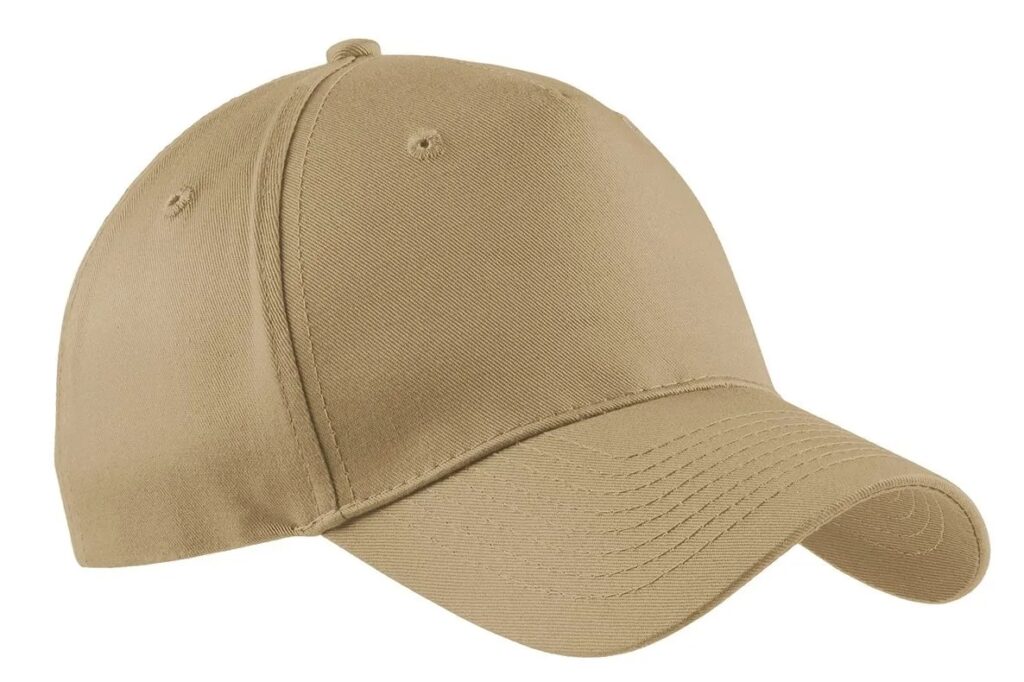
Yes, design choices such as embroidered logos, printed graphics, patchwork, or color-blocking can significantly affect production time, cost, and required machinery.
Custom designs like embroidery and patches influence manufacturing complexity, cost, and lead times in trucker hat production.
The Impact of Customization on Production
- Embroidery vs. Printing Embroidery adds texture and durability but requires specialized machines and time. Printing allows for vibrant colors but may wear off sooner.
- Patch Applications Sewn-on patches create a retro or rugged look but add labor costs and production steps.
- Color Combinations and Panel Choices Multi-color mesh or front panels can increase fabric changeovers and waste.
- Limited Editions and Small Batches Custom or seasonal runs may involve higher unit costs due to setup and tooling.
- Technological Innovations Digital embroidery machines and heat-transfer printing reduce turnaround time and enable complex designs. Customization Aspect Impact on Production Embroidery vs. Printing Embroidery adds texture and durability but requires specialized machines and more time; printing offers vibrant colors but less durability. Patch Applications Sewn-on patches add a retro look but increase labor costs and production steps. Color Combinations and Panel Choices Multi-color panels increase fabric changeovers and material waste, impacting efficiency. Limited Editions and Small Batches Higher unit costs due to setup and tooling for custom or seasonal runs. Technological Innovations Digital embroidery and heat-transfer printing speed up production and enable complex designs.
| Customization Aspect | Impact on Production |
|---|---|
| Embroidery vs. Printing | Embroidery adds texture and durability but requires specialized machines and more time; printing offers vibrant colors but less durability. |
| Patch Applications | Sewn-on patches add a retro look but increase labor costs and production steps. |
| Color Combinations and Panel Choices | Multi-color panels increase fabric changeovers and material waste, impacting efficiency. |
| Limited Editions and Small Batches | Higher unit costs due to setup and tooling for custom or seasonal runs. |
| Technological Innovations | Digital embroidery and heat-transfer printing speed up production and enable complex designs. |
5.Is Sustainability a Growing Trend in Trucker Hat Manufacturing?
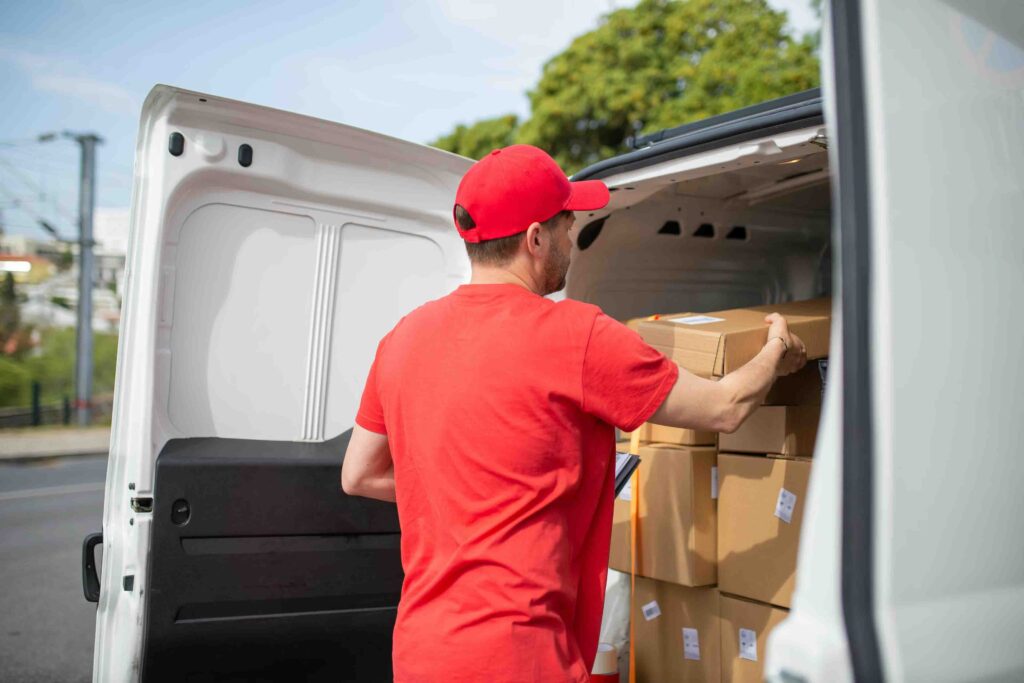
Sustainability is rapidly becoming a core focus, with manufacturers adopting eco-friendly materials, reducing waste, and optimizing energy use during production.
Sustainable sourcing, eco-friendly production methods, and certifications are increasingly shaping trucker hat manufacturing.
Sustainability’s Role and Challenges
- Eco-Friendly Materials Organic cotton, recycled polyester, and biodegradable trims reduce environmental impact.
- Waste Reduction Techniques Digital cutting and lean manufacturing minimize fabric scraps.
- Energy Efficiency Modern machines use less electricity, and factories implement renewable energy sources.
- Certifications and Standards OEKO-TEX, GOTS (Global Organic Textile Standard), and Fair Trade labels assure consumers of responsible production.
- Consumer Demand and Brand Image Sustainable hats attract environmentally conscious buyers and build brand loyalty.
- Challenges Balancing cost, quality, and sustainability remains a key hurdle; not all eco-materials perform equally in durability or comfort. Sustainability Aspect Description Eco-Friendly Materials Use of organic cotton, recycled polyester, and biodegradable trims to lower environmental impact. Waste Reduction Techniques Digital cutting and lean manufacturing methods minimize fabric waste during production. Energy Efficiency Adoption of energy-saving machines and renewable energy sources in factories. Certifications and Standards OEKO-TEX, GOTS, and Fair Trade certifications ensure responsible and ethical production. Consumer Demand and Brand Image Sustainable products attract eco-conscious buyers and enhance brand loyalty. Challenges Balancing sustainability with cost, quality, and material performance remains a major hurdle.
| Sustainability Aspect | Description |
|---|---|
| Eco-Friendly Materials | Use of organic cotton, recycled polyester, and biodegradable trims to lower environmental impact. |
| Waste Reduction Techniques | Digital cutting and lean manufacturing methods minimize fabric waste during production. |
| Energy Efficiency | Adoption of energy-saving machines and renewable energy sources in factories. |
| Certifications and Standards | OEKO-TEX, GOTS, and Fair Trade certifications ensure responsible and ethical production. |
| Consumer Demand and Brand Image | Sustainable products attract eco-conscious buyers and enhance brand loyalty. |
| Challenges | Balancing sustainability with cost, quality, and material performance remains a major hurdle. |
6.Are There Common Challenges in Making Trucker Hats and How to Overcome Them?
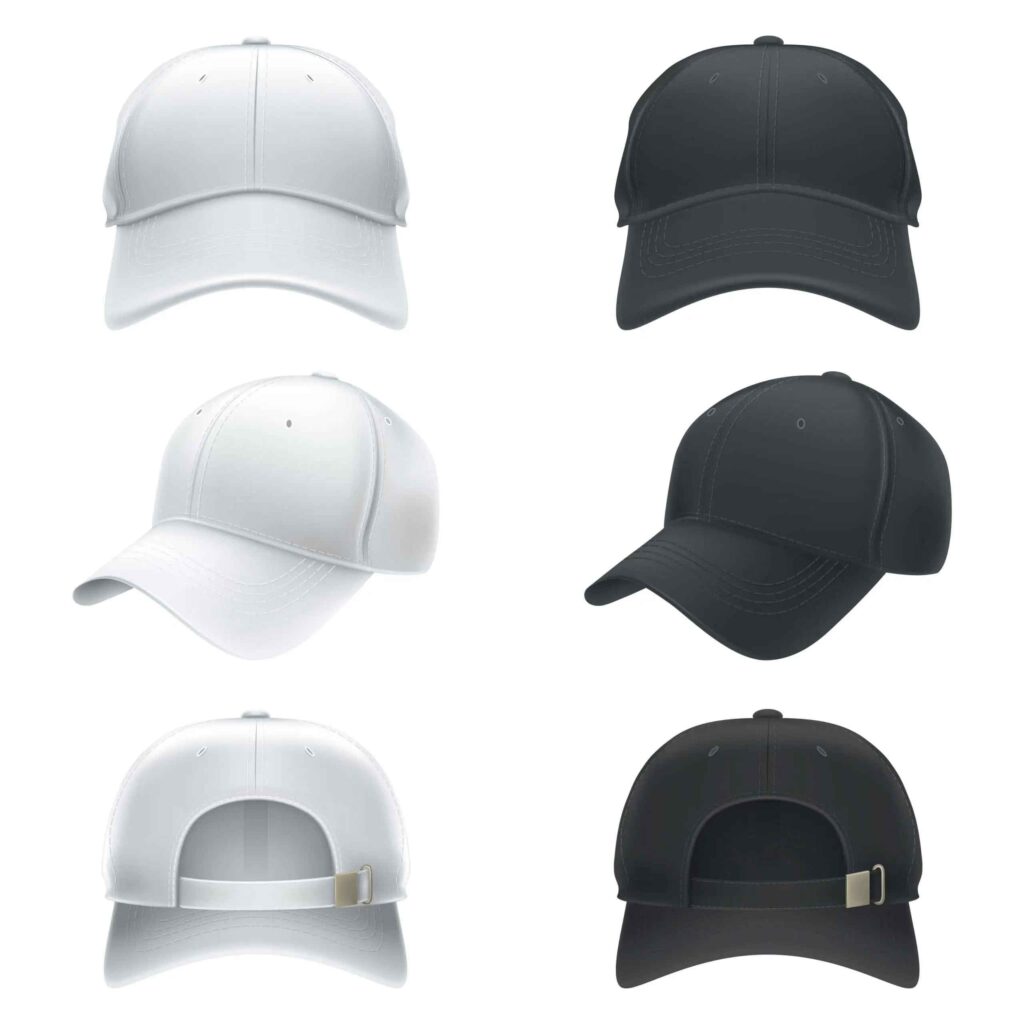
Manufacturers face challenges such as ensuring mesh durability, maintaining fit and shape, and managing colorfastness during production.
Production challenges include mesh wear, fit consistency, and color retention, which can be managed by quality control and material innovation.
Solutions and Innovations
- Mesh Durability Issues Using high-grade polyester and reinforced stitching improves lifespan.
- Fit and Comfort Consistency Adjustable snapbacks and precise panel sizing ensure a comfortable fit for diverse head shapes.
- Colorfastness Problems Pre-treated fabrics and high-quality dyes reduce fading from sun exposure.
- Supply Chain Variability Reliable sourcing of consistent materials is critical; diversified suppliers reduce risks.
- Innovative Manufacturing Automation improves consistency; 3D design software helps in prototyping better fits and styles. Challenge Aspect Solution / Innovation Mesh Durability Issues Use high-grade polyester mesh and reinforced stitching to extend hat lifespan. Fit and Comfort Consistency Employ adjustable snapbacks and precise panel sizing for comfortable fit across various head shapes. Colorfastness Problems Utilize pre-treated fabrics and high-quality dyes to minimize fading from sun exposure. Supply Chain Variability Source materials from reliable and diversified suppliers to ensure consistency and reduce risks. Innovative Manufacturing Apply automation for consistent quality and 3D design software for improved prototyping of fits/styles.
| Challenge Aspect | Solution / Innovation |
|---|---|
| Mesh Durability Issues | Use high-grade polyester mesh and reinforced stitching to extend hat lifespan. |
| Fit and Comfort Consistency | Employ adjustable snapbacks and precise panel sizing for comfortable fit across various head shapes. |
| Colorfastness Problems | Utilize pre-treated fabrics and high-quality dyes to minimize fading from sun exposure. |
| Supply Chain Variability | Source materials from reliable and diversified suppliers to ensure consistency and reduce risks. |
| Innovative Manufacturing | Apply automation for consistent quality and 3D design software for improved prototyping of fits/styles. |
Ready to Customize Your Own Trucker Hats?
If you’re looking to create high-quality, durable, and stylish trucker hats tailored to your brand or event, Kinwin is your trusted partner. With advanced production capabilities, rigorous quality control, and a commitment to sustainable materials, Kinwin can help you bring your unique hat designs to life.
Contact Kinwin today for a personalized quote and start your custom trucker hat journey with confidence.


